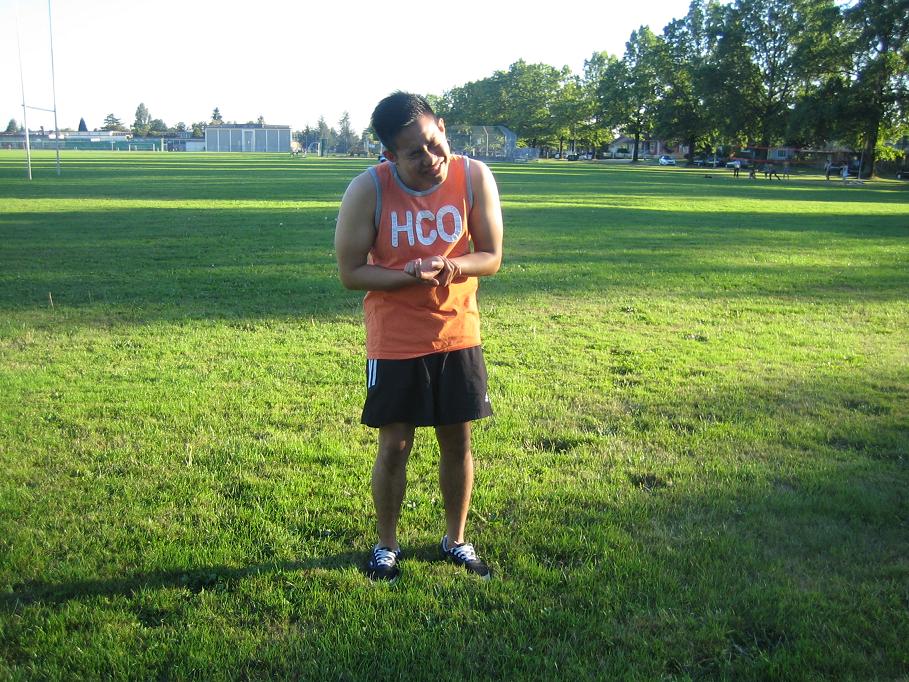Fact Checked
[/sg_popup]Red wasp stings are common during the summer months where people usually spend most of the time outside. They can sting more than once during an attack and their stingers remain intact.
Symptoms of red wasp stings
- Severe pain and a punctured wound or lacerations
- Burning pain that last for a few seconds
- Swelling red mark that is painful and itchy
- Severe swollen red hives or welts in 48 hours after the sting and last for a week
- Large swelling of about 12 inches
- Swelling of the entire limb which can last for days
- With multiple stings, it can cause fever, rash, nausea and headaches
Severe pain and a punctured wound or lacerations.
Treatment
- Remove the stinger as soon as possible. Scrape the stinger using a blunt object such as fingernail or a credit card. Tweezers or pliers can also be used in removing the stinger. Avoid squeezing the venom sac, to prevent releasing the venom and spread to other areas of the body.
- After removing the stinger, wash the wound gently using tap water and soap to remove remaining venom in the skin. Pat dry the skin and apply an antibacterial spray or prescribed ointment to the wound.
- Apply cold compress on the affected area for at least 10 minutes to lessen the pain and the swelling.
- Cover the wound using a clean bandage and keep it dry to prevent development of infections and delay the healing.
- Apply prescribed hydrocortisone cream or calamine lotion to lessen the itchiness and irritations on the skin.
- Prescribed over-the-counter pain medications to lessen the inflammation and the pain.
- Mix Epsom salt with few drops of water and mix to make a paste. Apply the paste directly on the area to lessen the swelling caused by red wasp sting.
- Make a paste by mixing baking soda with few drops of water. Mix until it becomes the consistency of a paste and apply over the affected area and leave it on for a few minutes to lessen the itchiness and the pain.
- Take a tetanus vaccination within several days after the sting.
- For severe reaction to the sting, give prescribed EpiPen as soon as possible to calm the immune system. If there is difficulty with breathing, apply CPR or cardiopulmonary resuscitations to save a life.
- Prescribed medications for proper breathing.
More Information
The details posted on this page on a red wasp sting is for learning purposes only. To learn to properly manage this type of insect sting, enroll in a first aid course with one of our training providers.
FACT CHECK
https://www.healthline.com/health/wasp-sting
https://www.medicalnewstoday.com/articles/297999.php
https://www.webmd.com/first-aid/bee-and-wasp-stings-treatment#1


